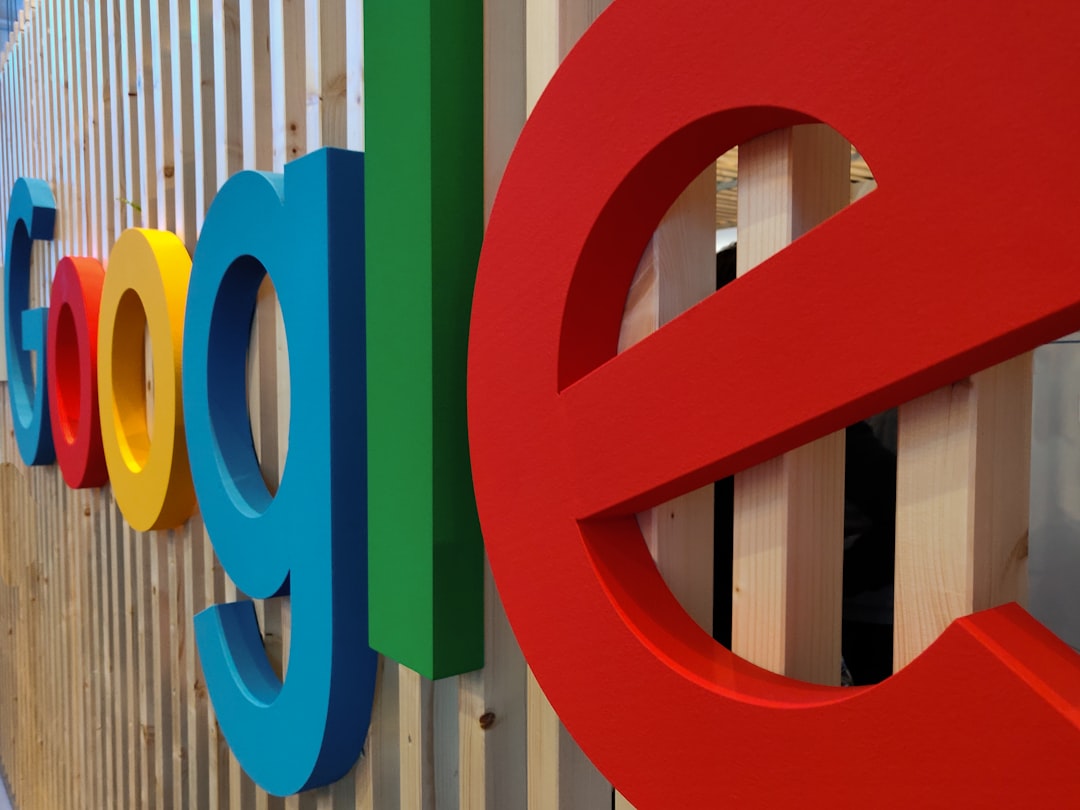Google Is Back in the AI Race — And It’s Winning
For the past two years, the AI landscape has been dominated by rapid releases, mind-bending model capabilities, and fierce competition. While many believed Google had fallen behind, the tech giant has just proven that it wasn’t out of the race—it was preparing for a comeback. And now, that comeback has arrived with force.
Google has officially unveiled its newest lineup: Gemini 3 Pro, Nano Banana 2 Pro, and the groundbreaking Antigraviti platform. The message is clear: Google is not only back—it’s aiming to lead the next era of AI innovation.
Gemini 3 Pro: Google’s New Flagship Intelligence
Gemini 3 Pro is being positioned as Google’s most advanced general-purpose AI model to date. While previous versions of Gemini impressed with multimodal capabilities, Gemini 3 Pro pushes the boundaries with:
- Lightning-fast reasoning and contextual understanding
- Deep multimodal fusion between text, vision, audio, and even motion
- New “adaptive cognition” systems that …













